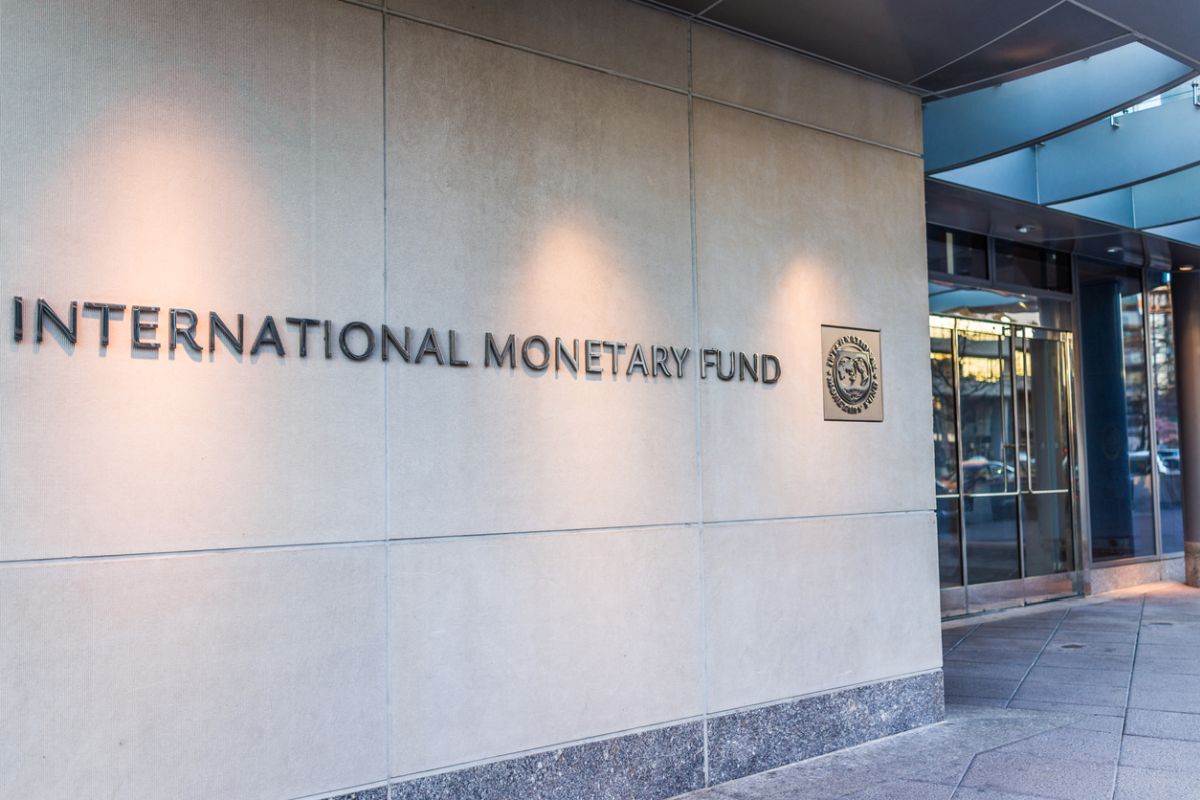The International Monetary Fund (IMF) has raised economic growth forecasts for the US to 2.6 per cent this year and 2 per cent in 2020, compared to 2.3 per cent and 1.9 per cent in April respectively, despite the trade war with China and threats to Mexico.
“A fiscal expansion put in place in 2017-18 with tax reductions and an increase in both defence and non-defence spending has helped bring annual growth to 2.9 per cent in 2018,” it said on Thursday in an annual report on the US economy.
Advertisement
“However, as the effects of this fiscal impulse fade over the next few years, growth will gravitate back toward potential (of around 1.75 per cent).”
The IMF warned that “a deepening of ongoing trade disputes or an abrupt reversal of the recent ebullient financial market conditions represent material risks to the US economy (with concomitant negative outward spill-overs)”, reports Efe news.
In a press conference to present the report, IMF Managing Director Christine Lagarde reiterated that “nobody wins a trade war” and said that all parties involved suffer.
In addition to warning about “the unsustainable path” of the rise in the US debt, the report also offered a bleak outlook on problematic social indicators in the country.
Among them, it stressed that although the US is the world’s leading economy, life expectancy “well below that of other G7 countries”, there are still almost 45 million Americans living in poverty and that the distribution of income and wealth distribution “is increasingly polarized”.
Lagarde also said that the IMF “fully agree” with the pause applied by the Federal Reserve in its rate of monetary adjustment and added that future increases in interest rates, currently between 2.25 and 2.5 per cent, should not happen until policymakers have had time to “gauge the balance of risks to both inflation and employment outcomes and to build a clearer picture of whether further adjustments in the federal funds rate are warranted”.











